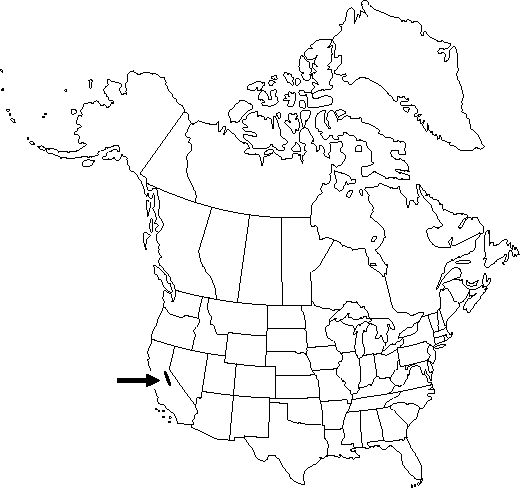Myrica hartwegii
Proc. Amer. Acad. Arts 10: 350. 1875.
Shrubs, deciduous, to 1.8 m. Branchlets purple-black, gland-dotted, glands yellow. Leaf blade oblanceolate to elliptic, 3.2-10.4 × 1-3.4 cm, membranous, base attenuate to cuneate, margins serrate, often coarsely so, with 4-12 pairs of teeth in ± distal 1/2 of blade, rarely entire, apex acute to occasionally obtuse; surfaces abaxially pale green, pilose, adaxially dark green, pilose, often glabrate, both surfaces gland-dotted, density quite variable; glands yellow to orange. Inflorescences: staminate 0.8-2.6 cm; pistillate 3-6 mm at anthesis, enlarging to 2 cm in fruit. Flowers unisexual, staminate and pistillate on different plants. Staminate flowers: bract of flower longer than stamens, gland-dotted at base, distal margins transparent, occasionally ciliate; stamens 3-5. Pistillate flowers: bracteoles 2, accrescent and adnate to base of fruit wall, laterally compressed, densely pilose with some hairs persistent, especially toward apex, glandular; ovary glabrous. Fruits ovoid, flattened, 1.5-2.5 mm; fruit wall smooth, without waxy deposits, enclosed by spongy bracteoles.
Phenology: Flowering spring–summer, fruiting in summer.
Habitat: Borders of streams
Elevation: 250-1800 m
Distribution

Calif.
Discussion
Myrica hartwegii is endemic to the northern and central Sierra Nevada of California.
Selected References
None.